Two-way Learning with the Summer Scholars
At Hanbury, our summer scholars are not interns. We consider them part of the team, and we are as eager to learn from them in their short time in our office as they are to learn about practicing architecture at Hanbury.
This summer, we had the pleasure to get to know Mahan Navabi who holds a Bachelor of Architectural Science from Ryerson University and is in his second year of Syracuse’s Master of Architecture program; Anne Chen, a recent University of Virginia architecture graduate who came to the U.S. from China just seven years ago and is continuing her studies at Harvard GSD toward a Master of Landscape Architecture; and Rachel Flanagan who is currently in her thesis year in Virginia Tech’s Master of Architecture program after completing a Bachelor of Design in Architecture at the University of Florida.
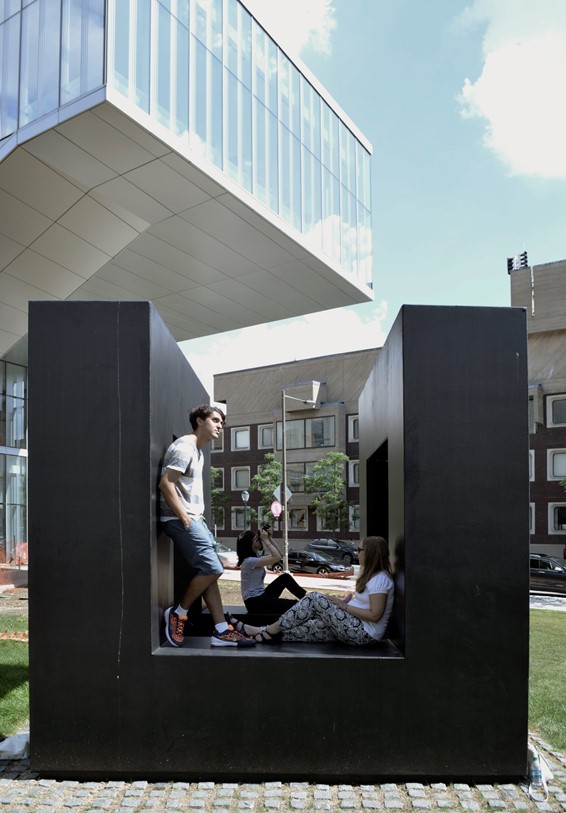
In the 14 years we’ve had summer scholars, there has always been an interest to learn about what is being taught at architecture schools today. As the rate at which technology, both software and modeling, is introduced and integrated into the architectural programs increases, this symbiosis is even more pronounced. We often ask the question “what can make our process better?” We have the design knowledge and the construction knowledge, but if we can finesse our process by introducing the latest technologies, can we make the process more thorough or more succinct?
Mahan explains, “I think there’s a shift in attitude between generations towards the discipline when we can share information. Everyone at Hanbury likes to hear about each other’s different perspectives on design. On the surface it’s the difference in skills – the new generation of architects has more experience with the new software and new ways of working, like energy modeling, BIM and rendering, but also maybe a new way of thinking about design itself and philosophies.”
Our summer scholars have knowledge of design work that may not be on our radar as a firm; be it from type of work, geographical location, or from their educational study. Beautiful architecture—especially work that is divergent from our own portfolio—can inspire in us new ways of solving design problems. This year the scholars offered members of our design team examples of architecture and research that they hoped might spark our inspiration. They shared iconic projects, old projects and research efforts from across the world. This inspiration led to impromptu conversations and strengthened our bonds with our young colleagues.
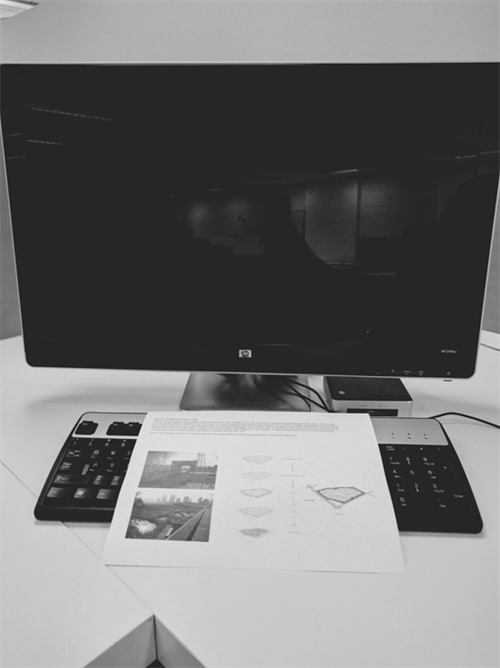
Given the new, paired role of technology in Architecture school, the scholars always open our eyes to new software features and ways of designing. All three scholars were gifted in developing digital renderings, but technology doesn’t only aid the design itself. Anne contributed her technological skills to Hanbury’s "Unit Type Library.” This is a Revit Library that includes student housing units both by types (ADA, Apartment, Suites, Semi-Suites, Town House, and Traditional) and by universities and colleges for which they serve. This library will help Hanbury designers with residential hall floor plan layouts for the many different student residences that Hanbury designs. “In school it's more about learning different software, exploring ways of creating and spending the time to make visual representations better and better … whereas every hour I can save to produce something that conveys the design intent simply at Hanbury is essential.”
While we appreciate, and benefit from, the skills and ideas they share with us, we want to be sure that they can learn as much as possible from our studio. So, yes, the summer scholars are staffed on client project work. Anne worked on the Purdue University housing project for upperclassman and graduate students. “It was a very interesting project to work on, with two buildings connected in the middle by the academic space with a large residential hall/college/building,” she explains. “I drew from what Jared had initially done, shifting the angles to respond to the surrounding building, and was very happy that some of my input was able to help the design team move forward with the design.”
Rachel adds, “I feel like I’m part of the team and at team meetings we all provide equal input. I feel really lucky with my specific project team - Jean will take me outside for a walk and a breath of fresh air to talk to me about how different processes co-exist – I feel a lot of learning growth from them, having the entire team so easily accessible.”
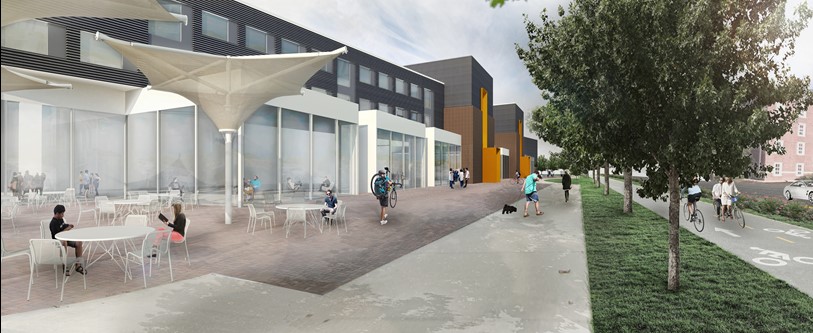
But, we also go out of our way to make everyone in the firm available to the summer scholars. We set up informal, one-hour sessions for the scholars to meet with various people in the firm to learn more about their role.“For example,” notes Mahan, “the lighting designer will meet with us and explain what he does. We’ll meet with the principals sometimes and learn about the marketing strategies they use, see how they run the business – we’ve met with a lot of people and that’s been really helpful for me.”
Rachel compared this experience with a previous internship where the heads of the firm weren’t very approachable. “I only saw them a few times while I was there, while at Hanbury, the principals, the project designers, the project managers – they all want to talk to you, to reach out and share their knowledge with you, which has not been my experience as a student in the past.”
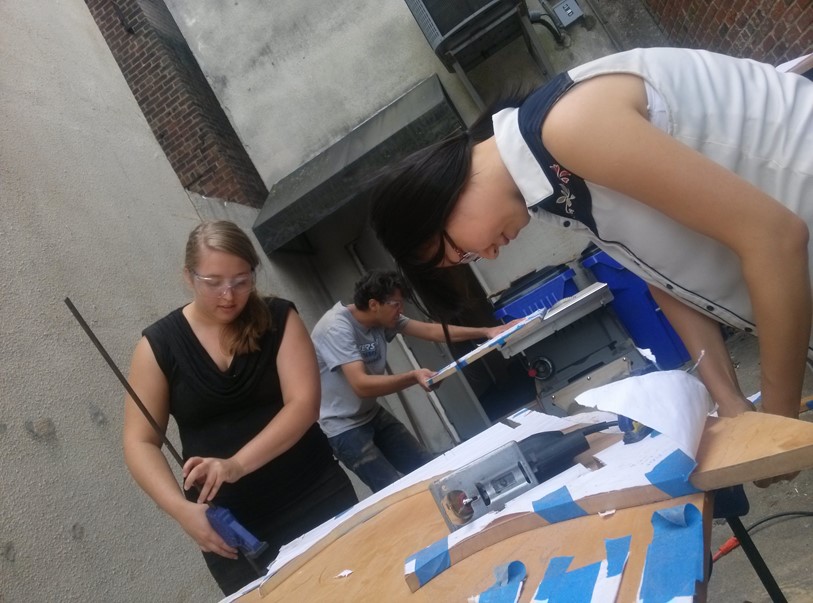
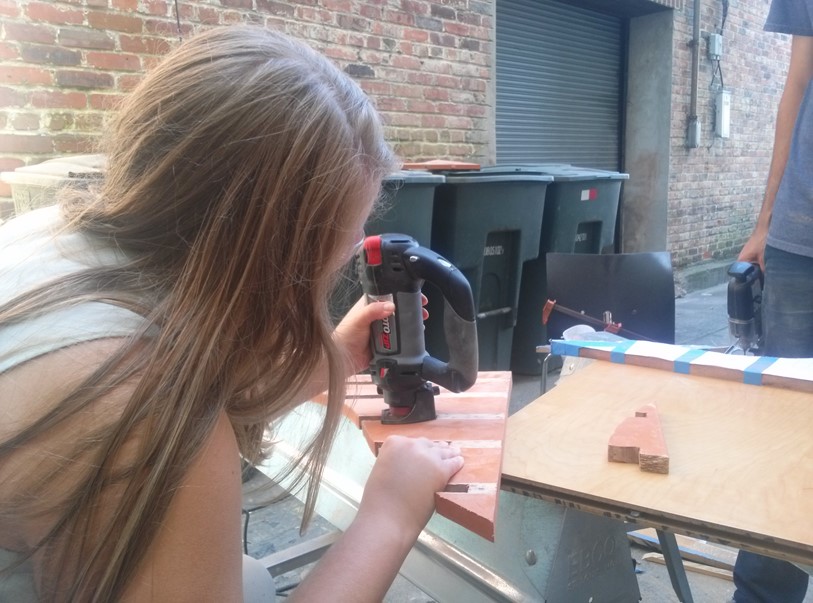
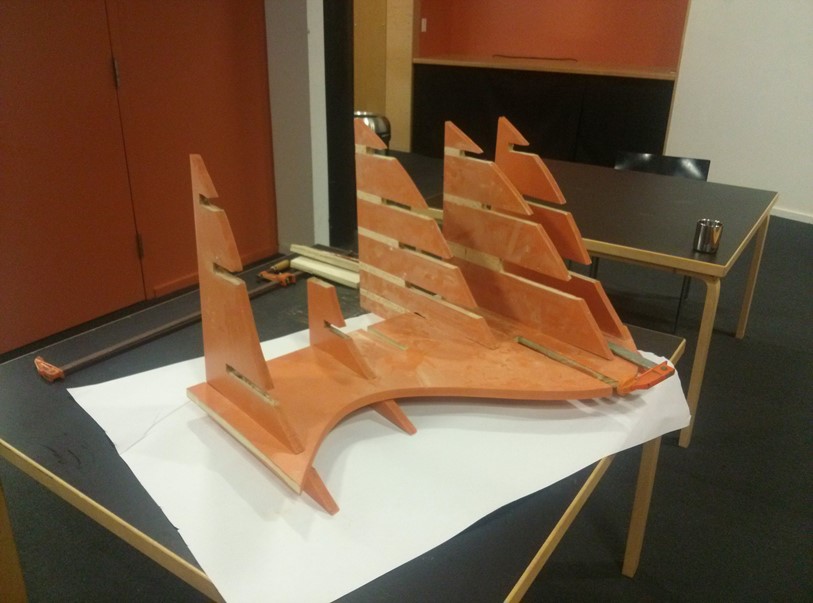
Then, there are the “Aha” moments that no one can plan for. Rachel took out her ear buds to listen to the conversations going on around her. “I’d been keeping them in and working with music on, but I began to take them out so I could hear the general input, information, and conversations that others were having,” Rachel said, laughing. “We all have a phone at our studio desks, but I would see a lot more people just going across the room to ask a question, then that question may lead to a conversation with four or five people – I like the opportunities that presents!”
